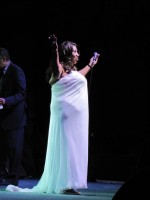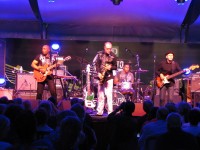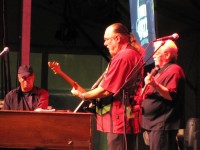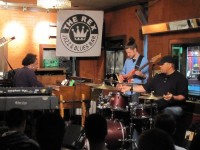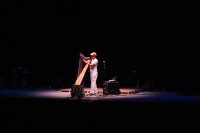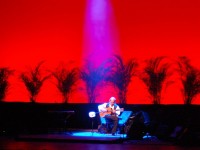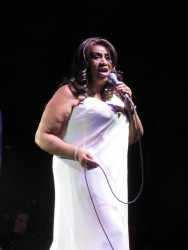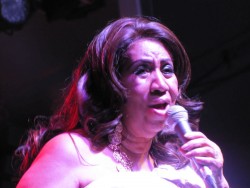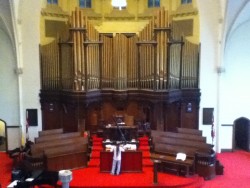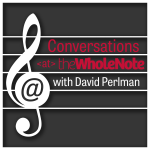More ink has been spilled and more words set down on the circumstances of Mozart’s justly famed Requiem in D Minor than the work itself, which is unsurprising but detracts from experiencing the musical magic..
It’s indisputable that the dying Mozart in 1791 finished only two (Introitus, Kyrie) of its dozen sections, leaving the next eight (through the Hostias ) in the form of sketches, fragments and marginal notes, among them just eight bars of the gorgeous Lacrima. The final three movements didn’t exist. Concurrently he had been working on operas La Clemenza di Tito and Die Zauberflote.
The composer had been commissioned by a mysterious patron to write a requiem mass for the dead and was keen to try his hand at this elevated church music form, as well as the vast sum he was promised. As he became weaker through illness it was suggested that he felt he was writing a requiem for himself.
Mozart’s wife Constanze asked her husband’s pupil, Franz Sussmayr, to complete the instrumentation and create the missing final trio. That’s where many arguments began that have lasted to the present day, with alternative completions vying for authority.
See what I mean? I was almost swayed from my enterprise, which was to review the actual music live, in a delightful pastoral setting (albeit the modern custom-built Gambrel Barn, with rear doors open, at the southern edge of Elora town).
The Elora Festival chose the back-in-favour Sussmayr version for its 32nd anniversary opening night concert July 8 – and it was a triumph, with Elora Festival Singers number swelled to around 60 voices, a biggish orchestra and with indefatigable conductor Noel Edison in full command, displaying an intimate knowledge of the sacred texts and demonstrating with vigorous, jabbing hand movements precise directions to all on stage, in particular urging the string sections to achieve new heights of meticulousness and passion.
Of course, up front and personal in this oratorio are four soloists – and who in Canada is better in this role (and in the many others she essays) than soprano Karina Gauvin? Though Requiem aria opportunities are virtually absent, her ever-exquisite rendering of the text, her high notes delicately shimmering and middle notes plumply adorable, she was simply mesmerizing.
In such company mezzo Jennifer Enns Modolo, and young colleagues tenor Christopher Mayell and baritone Matthew Cassils were clearly less of a force than Gauvin. Yet Modolo was always smooth and secure vocally with clear understanding of her role, while Mayell’s clean and spirited tones appealed as did the manner in which Cassils handled the very low ranges favoured here that few baritones can sustain. When singing together, the quartet was powerfully effective.
The full house, ensconced on seats much improved from early days and with feet on a floor leveled to avoid the flooding that erupted one year, was clearly enthusiastic about the contribution of the choir, in full, charged voice from the start and very responsive to Edison’s leadership, which as always was concerned to find the right balance in volatile music that careers quickly from fury to anguish.
That earthy balance was noticeable alongside the clarion calls of the Kyrie before all became energized in the ascent through Dies Irae. The Tuba mirum featured elegant trombone playing by Rachel Thomas behind Cassils, the Rex tremendae majestatis lovely choral harmonies, the Recordare appropriate expressions of high drama, the Confutatis a model passage of dynamic contrast.
The heartache that is the Lacrimosa was conveyed in every note, appealing rolling choral passages and sheets of sound distinguished both the Domine Jesu Christe and the
Hostias, which were followed by heavyweight offerings of the Sanctus and Benedictus. Emotional commitment on the part of performers and audience peaked with a most moving Agnus Dei and Lux Aetana..
Outside, senses newly stimulated by munchies and fireworks, it was a joy to recapitulate that joyous experience as well as the earlier renditions of unfamiliar verses of “God Save The Queen” and “O Canada”.
However, that pleasure could not possibly have been signaled by the utterly lifeless pre-intermission presentation of Mozart’s over-familiar Symphony No. 40 in G Minor. Best forgotten.
The festival continues through July 31, including a presentation of the Handel oratorio Israel in Egypt July 29. Also performing: pianist David Jalbert, Matt Dusk. the Cecilia and Madawaska String Quartets, singer-songwriter Sarah Slean, the Talisker Players with tenor Lawrence Wiliford, soprano Leslie Ann Bradley, the Swingle Singers, cellist David Eggert, entertainers Michael Burgess and Rebecca Caine and many more, with special nights for the music of Telemann and Arvo Part. Info: www.elorafestival.com.


